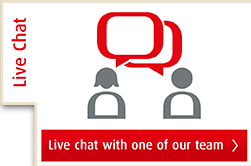BOC has been helping food producers meet their operational challenges for over 50 years. We work closely with the food industry to develop and deliver smart solutions that support greater productivity while maintaining tight control over food quality and security.
Complementing our full lineup of food-grade gases and mixtures, we also offer cryogenic freezing and chilling technologies that overcome existing capacity limitations by dramatically accelerating freezing times. Our freezers are designed to lock in nutrients and reduce the dehydration that impairs freshness, taste and texture – so consumers can buy high-quality frozen food with an extended shelf life.
We also promote product safety and extend shelf-life with a range of bespoke modified atmosphere packaging (MAP) solutions. In addition, we can help ensure the integrity of your product during transit with dry ice and liquid gas cooling solutions. Our expertise further extends to applications such as drinks carbonation, inerting and controlled atmosphere stunning.
Seeing is believing – at our test centre
We are keen not only to put our expertise to work for you, but – more to the point – to also empower you to make the right choices. That is why we founded the BOC ‘Food Technology Centre’ in Oxfordshire, UK.
It features our full portfolio of freezing, chilling and packaging equipment, including freezer cabinets, tunnels with traditional wire mesh or plastic conveyor belts, and self-stacking spiral freezers. Our experts will trial your specific products to advise on the solution best suited to your needs.





















